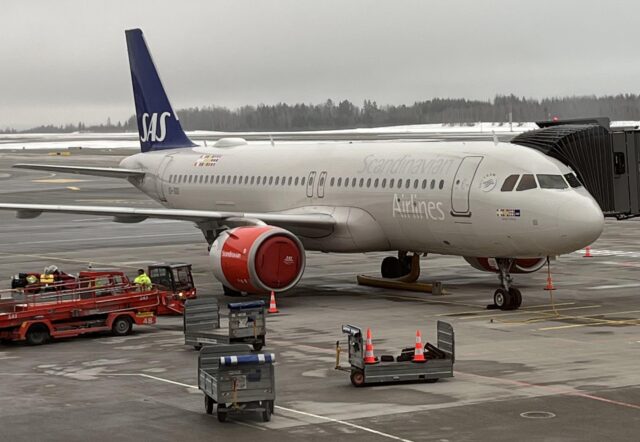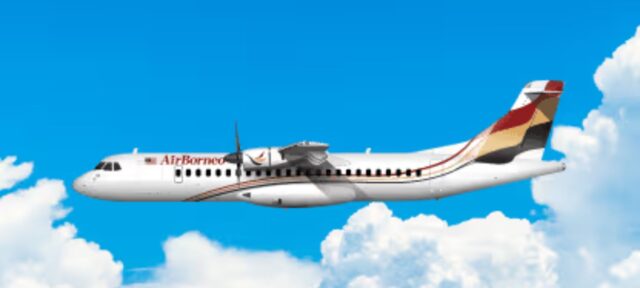Time to retire? Dulles Airport mobile lounge crash injures 18 passengers

November 11, 2025
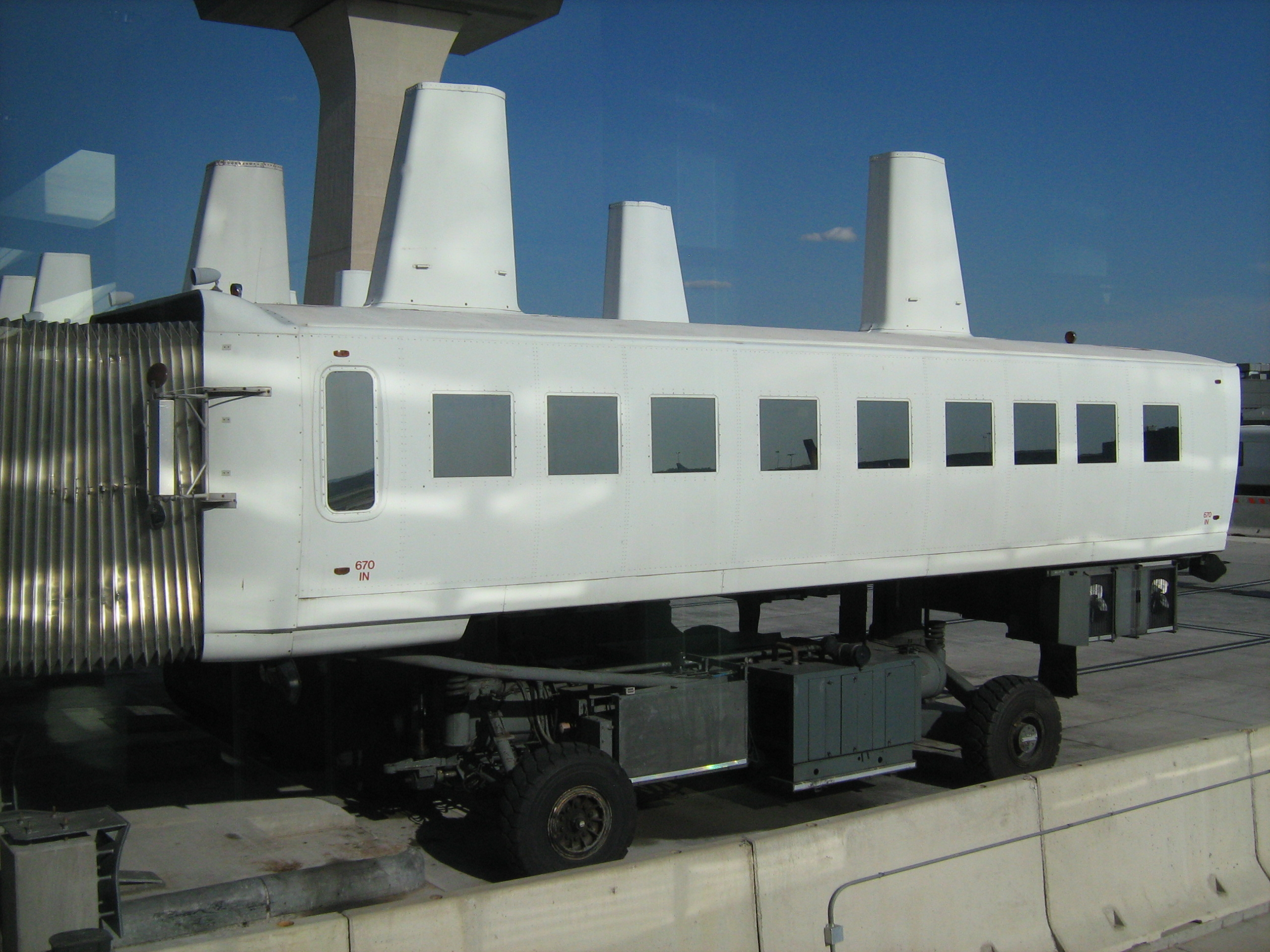
On Monday, a mobile lounge — the large wheeled people-mover vehicle used at Washington Dulles International Airport to shuttle passengers between concourses — struck a dock while arriving at Concourse D.
The vehicle crashed when it entered the building at an angle; 18 people on board were injured and taken to the hospital, though none of the injuries were life-threatening. The airport has 19 mobile lounges in service, including the vehicle involved in the accident.
A Dulles International Airport “people mover” (Mobile Lounge is the official name) struck the dock at Concourse D as it was pulling up with passengers on board. Injuries unclear at this moment. @nbcwashington pic.twitter.com/8jMpVKW5jm
— Joseph Olmo (@ReporterJoseph) November 10, 2025
The incident has triggered renewed scrutiny of the mobile lounge system at Dulles and a debate over whether it should be preserved as an “iconic” feature or be retired in favour of more modern transport systems.
The historic Dulles mobile lounge
The mobile lounge dates back to the 1960s at Dulles. It is the brainchild of renowned Finnish-American architect and industrial designer Eero Saarinen. He also designed Dulles Airport’s main terminal, the iconic TWA Flight Centre at John F. Kennedy Airport, the Gateway Arch in St. Louis, and the ‘space age’ Tulip chair, among other enduring works.
As part of Saarinen’s design legacy, the mobile lounge system is a heritage piece, harkening back to an era of grand ambitions in aviation and infrastructure. Its aesthetic and historical dimensions have value in themselves, and they are also unique engineering achievements.
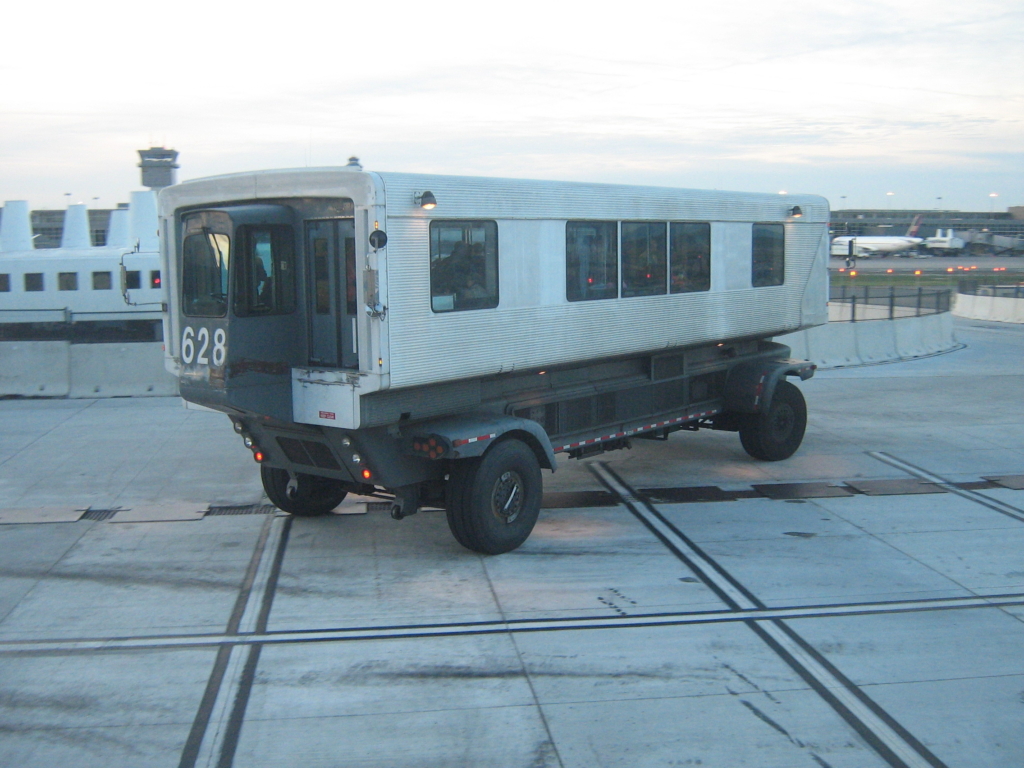
These large wheeled vehicles (about 54 ft long and 16 ft wide) carry up to 102 passengers, with 71 seats available. They have transported thousands of travellers from terminal to aircraft and between concourses at Dulles for decades.
They were introduced at the airport before aircraft boarding bridges and other automated people movers were more common. The vehicles offered an advantage over airside bus services because passengers could walk directly onto the mobile lounge at the aircraft door and then step out at the concourse dock, or vice versa. They can perform terminal-to-aircraft connections as needed and are more flexible in routing passengers headed in different directions than a monorail system would be.
To many, the mobile lounges are a part of Dulles’ identity — a distinctive piece of mid-century airport design and engineering, and a tangible link to the “jet-age” era of 1960s air travel. To others, they are problematic vestiges of days long-gone-by that modern alternatives can easily replace.
“An embarrassment” or a point of pride?
As People reported, Trent Mores, a former Trump official nominated to the board of the Metropolitan Washington Airports Authority (MWAA), recently described the mobile lounges as a “relic of the past.”
“It’s an embarrassment that international travellers, visiting the capital of the most powerful nation in the world, are transported back to the sixties,” Morse said.
The recent crash also raises safety concerns. Previous reporting indicated that over a 10-year span (2007–2017), the mobile lounge fleet had been involved in at least 16 collisions or mishaps. This record raises questions about risk exposure as passenger numbers at Dulles Airport grow.
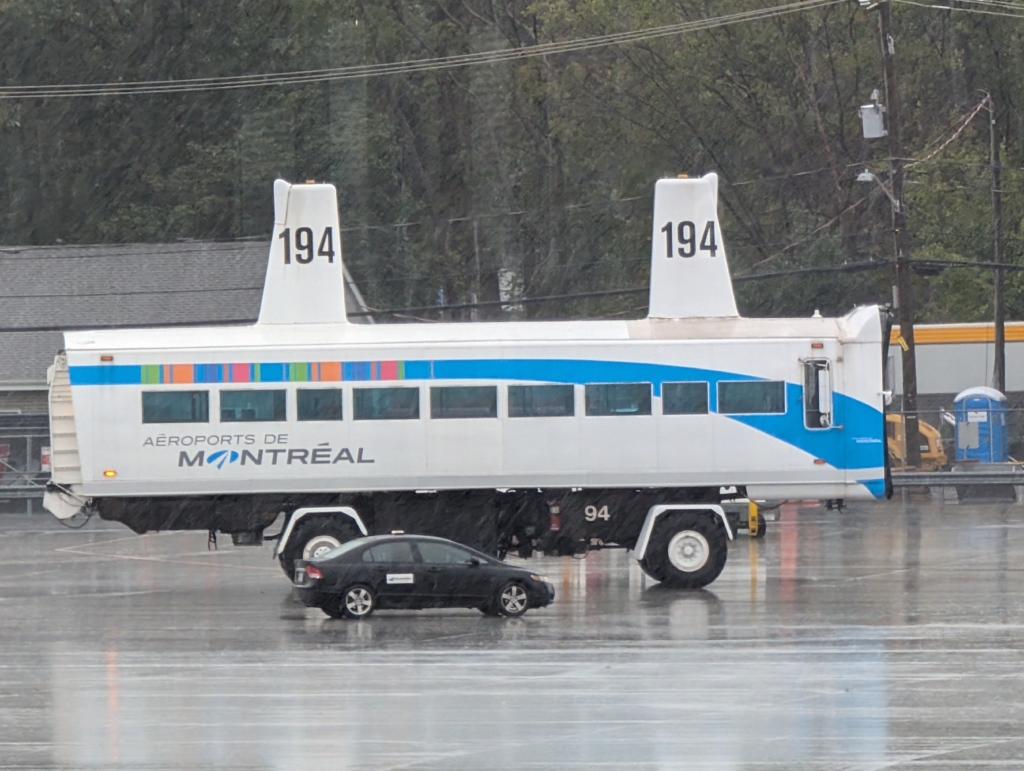
These vehicles are now a rare sight, spotted only at Dulles. Other airports that once operated Saarinen’s mobile lounges, including John F. Kennedy Airport, Baltimore Washington International Airport, Montreal-Trudeau Airport in Canada, and Mexico City International Airport have retired them.
The role of mobile lounges at Dulles has also declined, as the airport extends the automated AeroTrain system. The 19 remaining mobile lounges no longer transport passengers directly to their aircraft; instead, they ferry passengers between concourses that are not connected to the AeroTrain.
Still, having both a main terminal and mobile lounges designed by Saarinen is a distinction for Dulles as a destination. In the longer term, the question for the airport’s officials may not be whether to keep the mobile lounges forever, but rather how to preserve their history while moving to a safer, more scalable passenger mobility solution. Mobile lounges could become on-site museum pieces, offering visitors a glimpse of travel past, while day-to-day passenger transportation shifts to modern alternatives.

